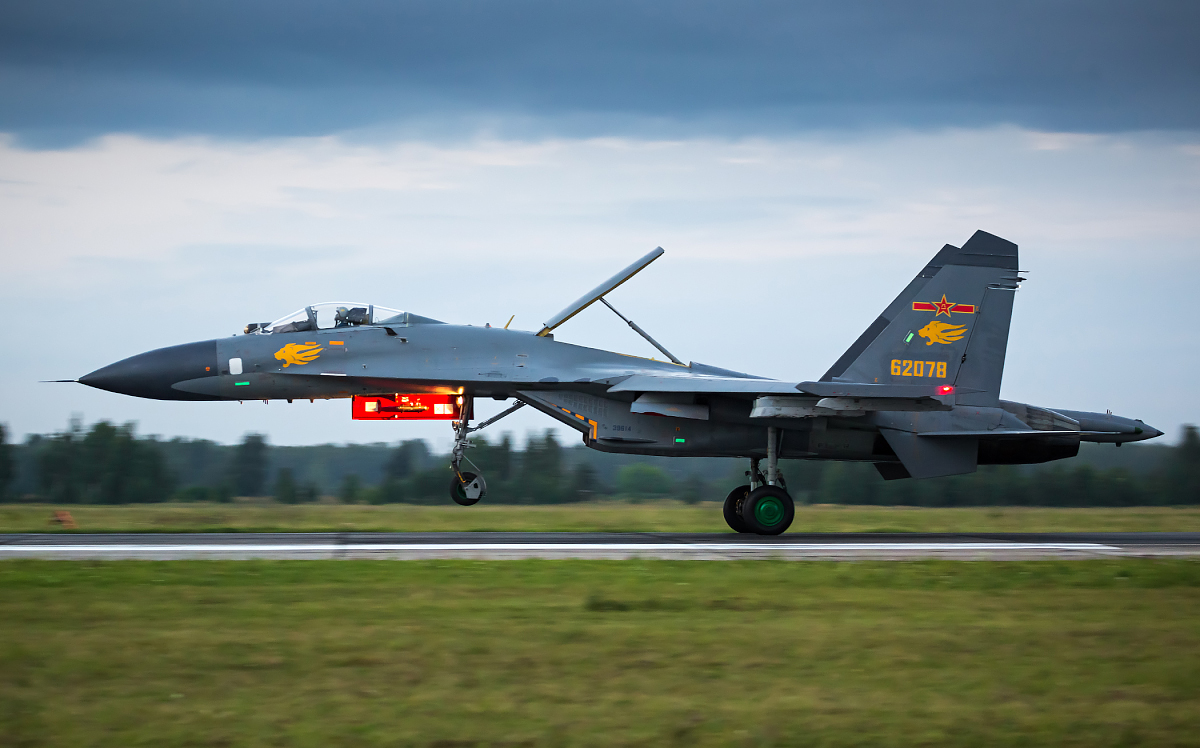
Pakistan’s new fighter jet buy could narrow down to China’s J-11B aircraft as the induction of Rafale jets by India has tilted the air power balance in favor of New Delhi.
The participation of the J-11B fighter jets in the recently concluded China-Pak Shaheen-9 air exercise besides their recent upgrade with an Active Electronically Scanning Array (AESA) radar among others equipment strengthens their case for the Pakistan Air Force (PAF) as an affordable, yet contemporary jet.
At the Shaheen-9 air exercise, PAF Chief of Air Staff Marshal Mujahid Anwar Khan flew an “air superiority sortie in a hi-tech Chinese fighter aircraft,” a statement issued by the Pakistan Air Force (PAF) said on December 23. The aircraft the Air Chief flew in was not identified, but what we know from images and videos released during the exercise is that the Chinese brought in J-11s and J-10s for the exercise. While both are touted as multi-role aircraft, the twin-engine J-11B is deployed for air-superiority capabilities while the single-engine J-10’s primary role is ground attack.
Delay in JF-17 block III induction
PAF is heavily dependent upon the JF-17 fighter jet whose Block-III version’s production in Pakistan was announced last week. The Block III version will feature an AESA radar, an advanced targeting pod, electronic warfare besides equipping the aircraft with beyond-visual-range missiles. However, it will not be before 2023-24 that the Block III will begin to enter PAF service. By this time India would have inducted nearly all of its ordered 36 Rafale jets.
The PAF has time and against voiced its desire to maintain air parity with India and going to China for either the J-11 or J-10 could be the only way of securing that parity.
